Following the old mine cut and preceding the modern brilliant round, the Old European round cut was a huge innovation in diamond cutting history. Between 1890 and 1930 this cut was all the rage. The Victorians and Edwardians both loved to create antique jewellery using this cut – especially antique rings! The style which reigned then remains popular today with antique collectors and general jewellery fanatics alike. But what is it about this cut that makes it so special? Join us as we discover more about the history of Old European diamonds, how they are cut and what they might be worth.
What are Old European Cut Diamonds?
During the turn of the century, stones would have been chosen primarily for their colour. Then, they would have been cut in order to retain the highest carat weight possible. Old European round diamonds were cut to have 58 facets. This is the same amount as modern round cuts, the key difference being that the facets are larger on the Old European style.
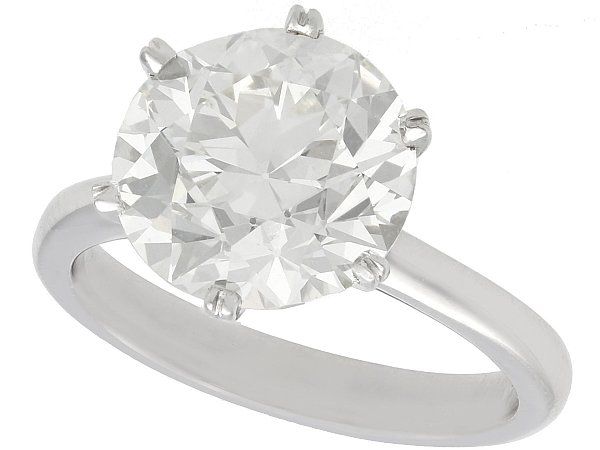
These diamonds feature a very small table and a large culet. The culet can be seen by looking directly through the diamond from the top and should be visible to the naked eye on any diamond over 1 carat. A frosted girdle (the facet that connects the crown to the pavilion) is another key feature of this cut. When these diamonds are graded their symmetry isn’t given a grade as we see with other cuts, perhaps because of the hand-cut nature of the stones.
Another fantastic feature of this cut is what some gemmologists refer to as the ‘inner fire’. This ‘fire’ describes the view you see by looking straight down into the diamond from above. This cut retains a look of depth that is arguably lost in cuts such as the modern brilliant, which fragment light more intensely. People colloquially put this down to the ‘checkerboard’ look of the Old European round cut, as opposed to the ‘splintered’ look of the modern brilliant round.
How Were Old European diamonds Cut?
As we have already discussed, this cut was a big hit with Edwardian and Victorian jewellers. It was the standard round diamond cut up until the mid-1900s when laser cutting revolutionised the diamond industry. Many of its features strongly resemble its successor, the modern brilliant round cut. The main difference is that the Old European round style would predominantly have been cut by hand, so lacks the mathematical precision that we see in the modern brilliant.
Between the Old European cut and the modern brilliant, there was also the ‘transitional cut’. This cut was almost a cross between the two- or an early model of the modern brilliant before the angles were perfectly calculated and perfected.
Although almost all of the rings we can see from this era feature Old European cut diamonds, some jewellery was crafted using different cuts. Old mine cut diamonds, rose cut diamonds and single cut diamonds were also used contemporarily to the Old European.
One of the many wonderful things about the Old European round cut is that each diamond is unique. The fact that they all had to be hand crafted, relying only on the eye to measure precision, assures this.
What are the Pros and Cons of Old European Cut Diamonds?
One of the most wonderful things about this cut is its uniqueness. As these diamonds were hand cut, you know that each and every one is special and has no exact replica. There’s certainly something quite magical about that.
The flip side to this of course is the potential for imperfection. Largely, it is a question of how you look at it: are these minor imperfections a problem? Or do they simply add more character to an already dazzling stone?
Another factor that can be taken as both a pro and a con is their rarity. As they are an antique cut, they are becoming harder and harder to locate. This sparse availability could be an issue or a challenge if you’re looking to purchase one. Alternately, this makes each stone that little bit more special. Plus, with our inventory at your disposal – you’re covered!
A final pro is the price. Again, being an antique cut, you are far more likely to get more diamond for your money as you are not having to undergo the cutting costs of getting a recently cut stone.
What is the Value of Old European Cut Diamonds?
As mentioned, the cutting method used to create an Old European cut diamond ensures value for money. Antique diamonds also always have the key advantage that they don’t come with any additional cutting costs – after all, they already exist in their exquisite form!
On the other hand, the rarity and exclusivity of Old European cut diamonds can make them more valuable. As each stone is distinct, these stunning diamonds are not replicable, and the uniqueness of a piece will always improve its value.
While there is no blanket rule that can tell us the value of every Old European cut diamond, the four Cs can give us a strong indication on a case-by-case basis. However, with such a wide variation of Old European cut diamonds out there, the best way to understand your diamond’s value is to get it professionally appraised.
Are Old European cut diamonds difficult to locate?
Because Old European cut diamonds were hand-cut and were only manufactured during a specific period of time, they are relatively limited. This scarcity boosts their value, not to mention the sentimentality of each individual piece crafted using Old European cut diamonds. Here at AC Silver, however, we have a stunning range of original Old European cut diamond jewellery items for you to explore.
All in all, if you are looking for something that is guaranteed to be unique and feel special, then an Old European round cut could be the perfect option for you. Browse our selection of antique diamond jewellery and bring that Victorian and Edwardian glamour to the 21st century and choose a stone with glorious inner fire!

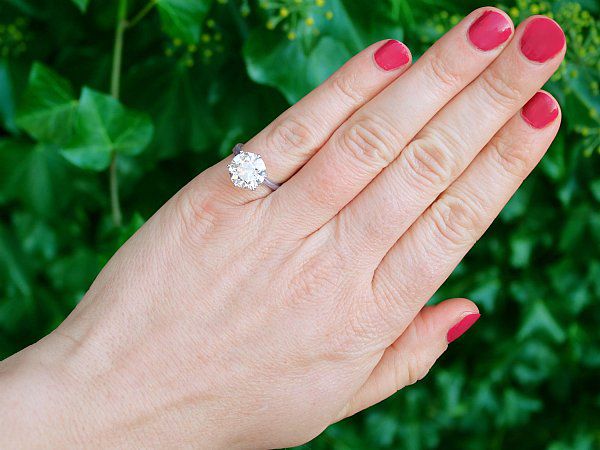
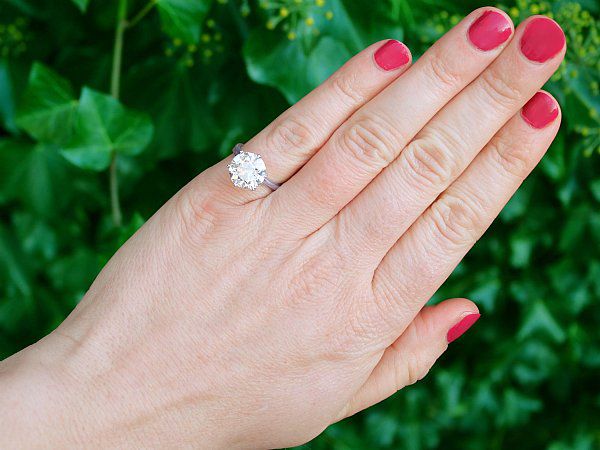
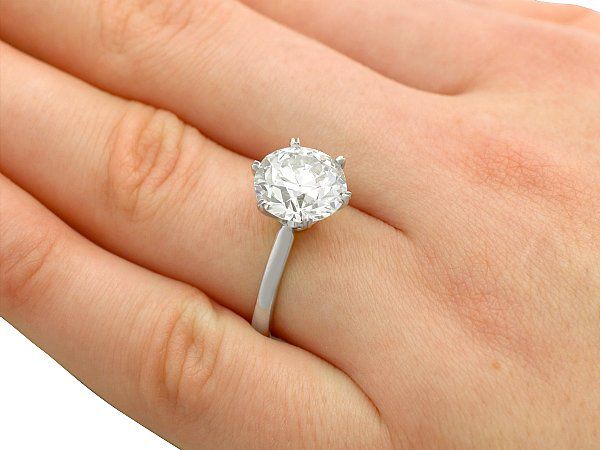
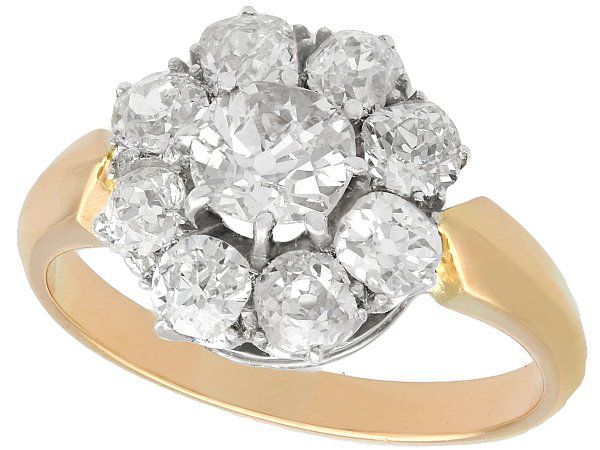
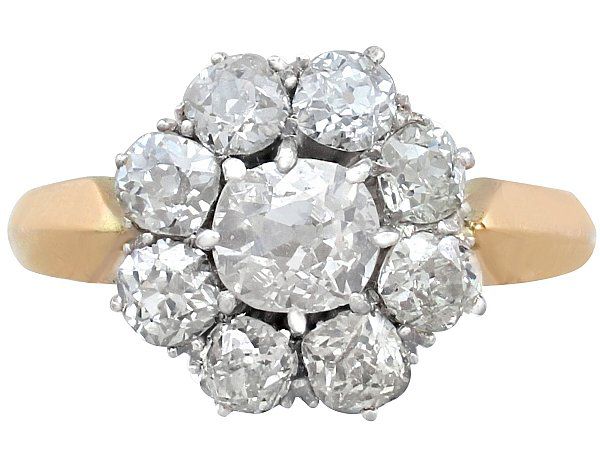
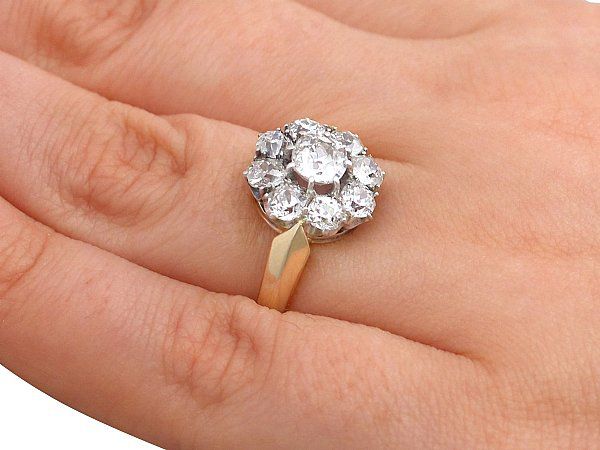

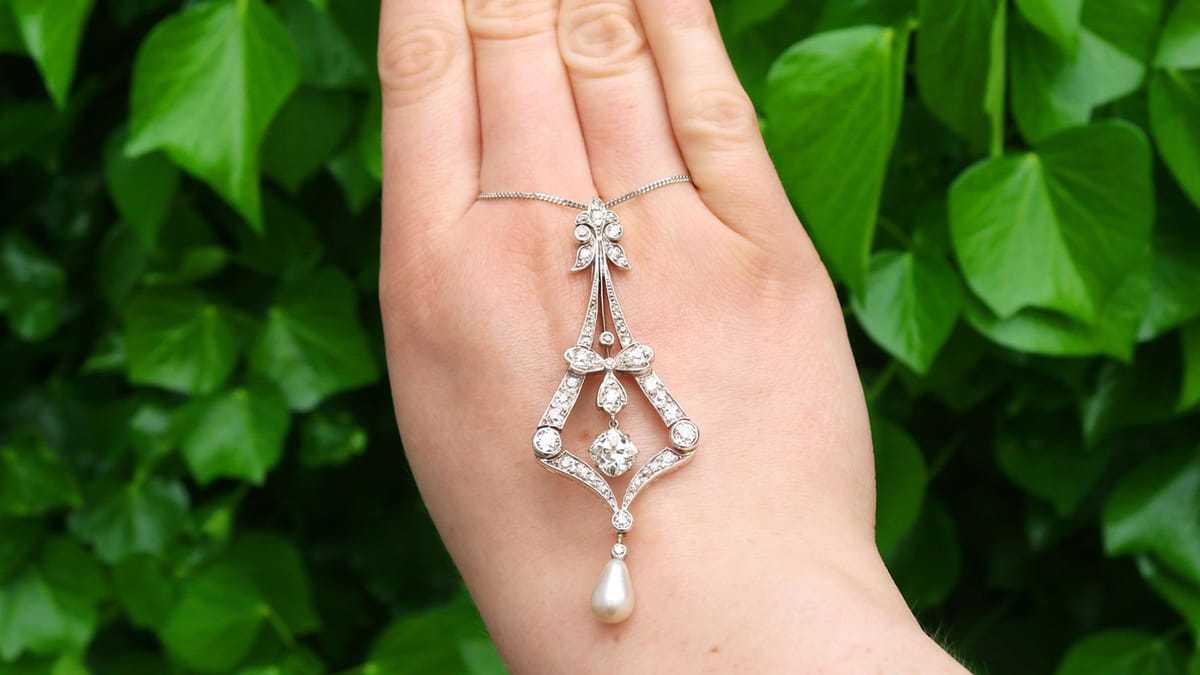
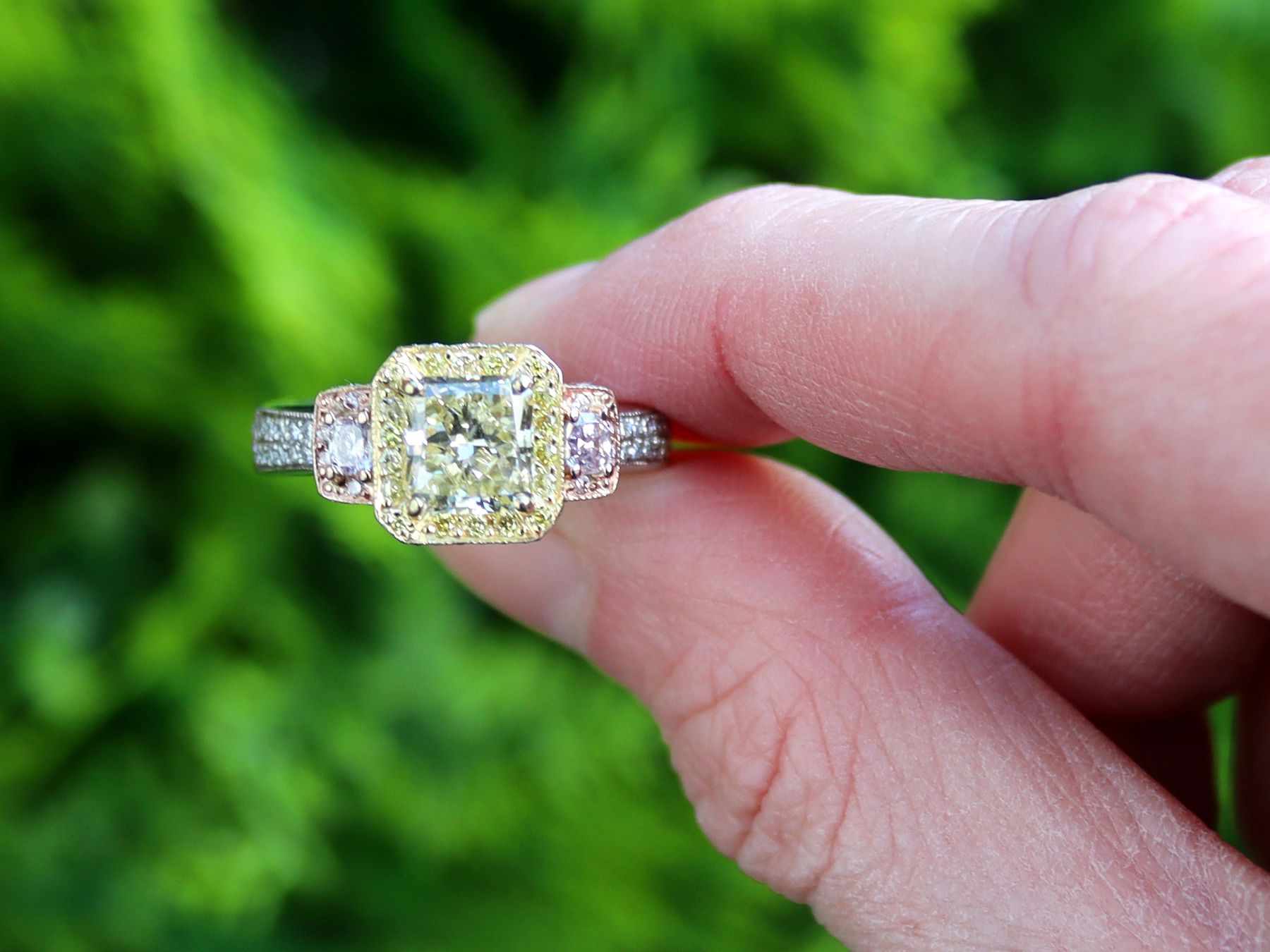
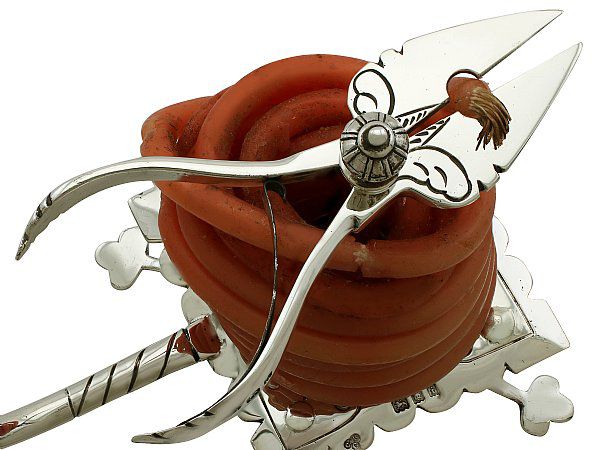
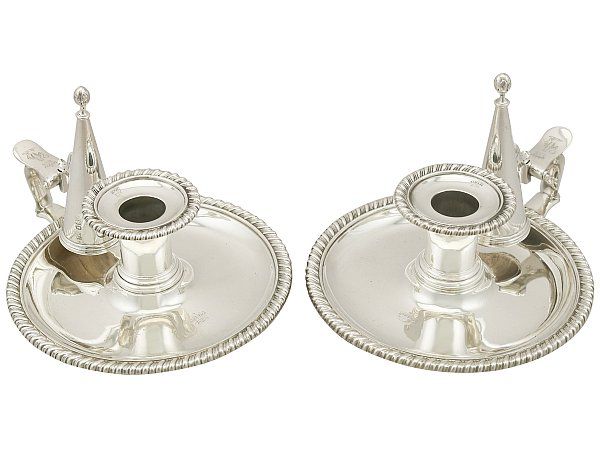
2 Responses
I have my great-great-grandmother’s European-cut wedding ring. I know it has one imperfection but the jeweler said it was a natural one(?). Thank you for your explanation of the European cut.
You are very welcome Becky.